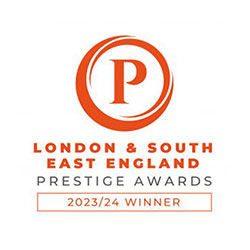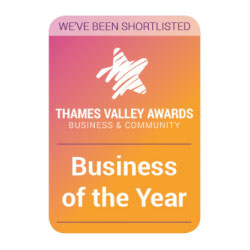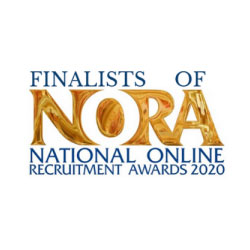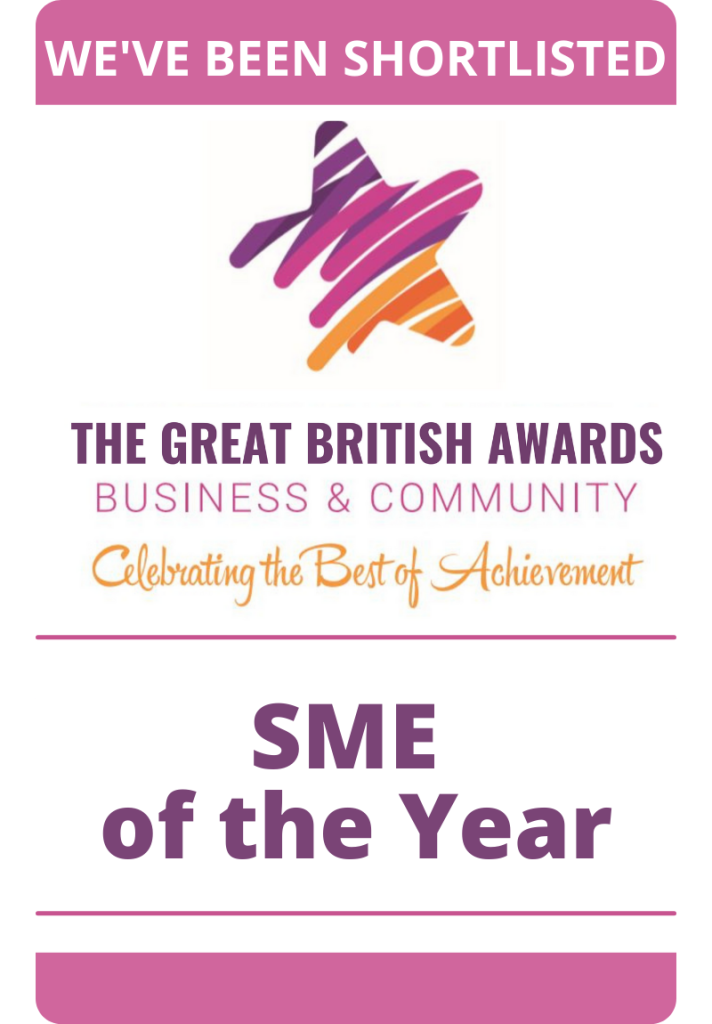It’s a much-discussed subject, but deciding what to write and how to write on that blank Word (or Pages) document in front of you, one that is supposed to detail all the minutiae of your entire professional life is never an easy task. Hopefully what you’re about to read will be enlightening and helpful when putting together that all-important body of work: your CV.
1. Personal Profile
A personal profile to open with is a must. It is a difficult thing to write but it could make all the difference. Make it short and snappy and, unless you are the sort of candidate that feels that their particular method of communication rivals that of some of Lord Sugar’s Apprentice candidates, please avoid the word ‘dynamic’ or the phrase ‘can work independently or as part as a team’. Should you not feel comfortable blowing your own brass instrument then get someone else (you trust) to do it for you. It’s also an opportunity to let your personality shine through, vital when recruiters are sifting through a smorgasbord of applications.
2. Get your CV in order
It should be reverse chronological, current or last job first (same with education) as employers don’t tend to be interested in Saturday jobs you had when you were sixteen. Whether employment history or education comes first is up to you but bear in mind what the potential employer might be more interested in, whether you have a degree or whether you have done the job before, and that the two sections are clearly marked.
3. Make it clear
The most important thing is to ensure that each role you’ve performed has a full set of bullet-pointed duties as well as your job title, company name and dates you were there, all clearly displayed. With dates, it’s better to use the month’s name followed by the year instead of the numeric form; and no need to include the day of the month. July 2008 – September 2011 looks like less of a peculiar decimal subtraction than 14.07.08 – 07.09.11. And while we’re on the subject of clarity make your full contact details easy to find, and correct.
4. Spelling is a big one
Basic literacy is always an implied element of any client’s wishlist and it is vitally important that it isn’t overlooked during your first contact with them. It shows a lack of basic written English and attention to detail. The big culprits are ‘liase’ when it should be ‘liaise’, ‘costumer’ instead of ‘customer’, and ‘stationary’ instead of ‘stationery’, unless of course your role involved you sitting very, very still.
5. Apostrophes
The peppering of CVs with them in the wrong places is also a common crime. Don’t mix up your possessive cases and omissions with plurals. Even though there is an argument for using apostrophes in the lower case (dot your i’s) the general consensus is not to use them, so you supported MDs not MD’s and you hit your KPIs not KPI’s.
6. Don’t use Europass
It’s simple, it’s quick, it makes sure you haven’t left anything off of the CV, but it doesn’t show a lot of your personality and let’s face it, the candidate who cannot organise their own CV is going to be compared to that guy who once failed to organise that drink in the brewery. Also, they’re not easy to read as they often contain too much info (we don’t need to know your previous employer’s full address) and pulling apart the different sections is tricky. Leave the bureaucrats in Brussels to run the EU, not advise on CV layouts.
7. Black and white are the new black
However tempting it might be to write it in a hot pink font or to highlight your name in a seductive vermillion, the classic colour ensemble of the typewriter era will always prove best. If you must stray from monochrome keep the colours dark.
8. “I love to travel!”
That’s great news, but immediately begs the question “Where and when are you going next?”, ergo “What’s the point of us employing you when you’re only going to jet off again next year?”.
9. The dreaded photo
We will be the first to admit that we are not the most photogenic of bloggers, therefore you would never find our picture grinning at prospective employers from the page. However, should you feel that your looks are adequately alluring and wish to include it when seeking employment then make sure it isn’t a cropped picture of you and your friends on a night out in Faliraki. The big take away from this is that you should never feel like you must share your image when applying for a job (unless it is a modelling/acting job that requires it).
10. Achievements
Why not make it crystal clear to your prospective employer just how great you are by providing them with a short, bullet-point list about your greatest moments; a sort of written version of the sort of thing that they might play upon your exit from the Big Brother House (although hopefully, it will be a little more impressive and a little less Channel 5 than that). There are many people out there who have done the same job as you so this is the best way to set you apart from the competition.
11. It doesn’t have to be 1 page
Goldfish are not normally employed in HR roles and as such, it is not necessary to redact your CV to the length of an A4 page. By all means, make sure page 1 contains the headlines, but feel free to add all-important and relevant details to it. Just don’t make it too long…
ABL Recruitment team









